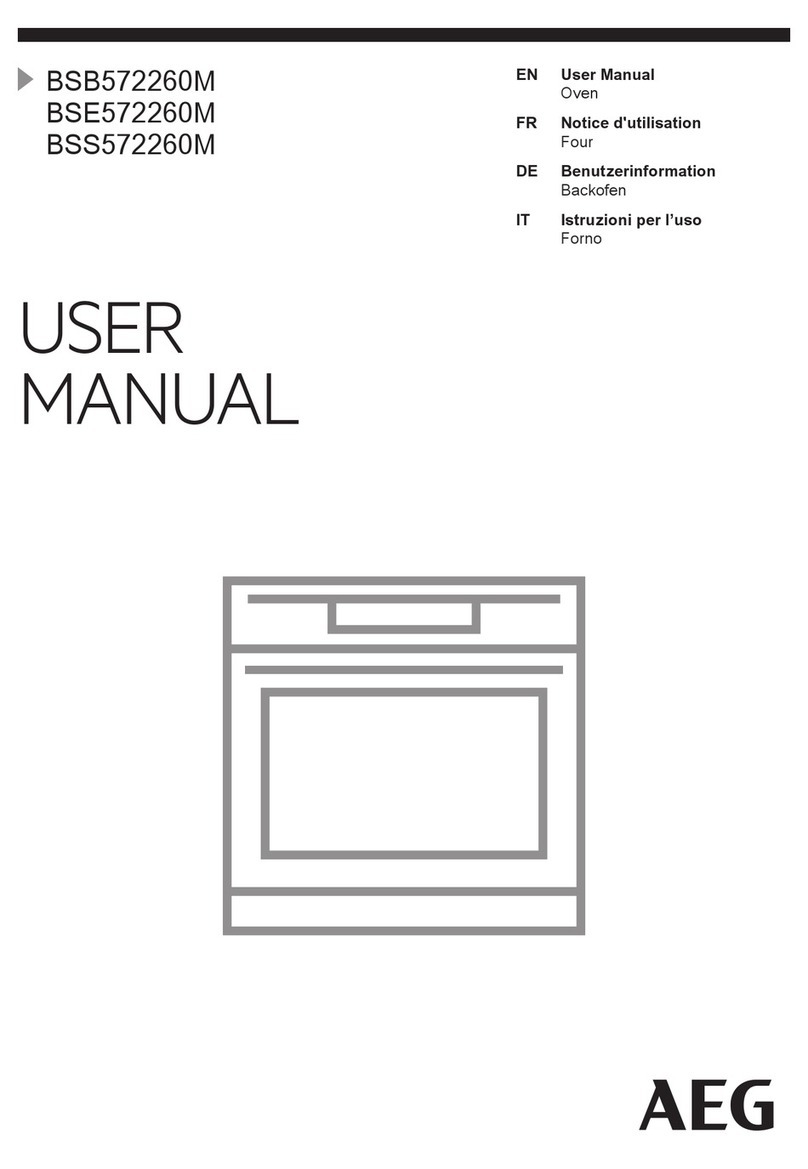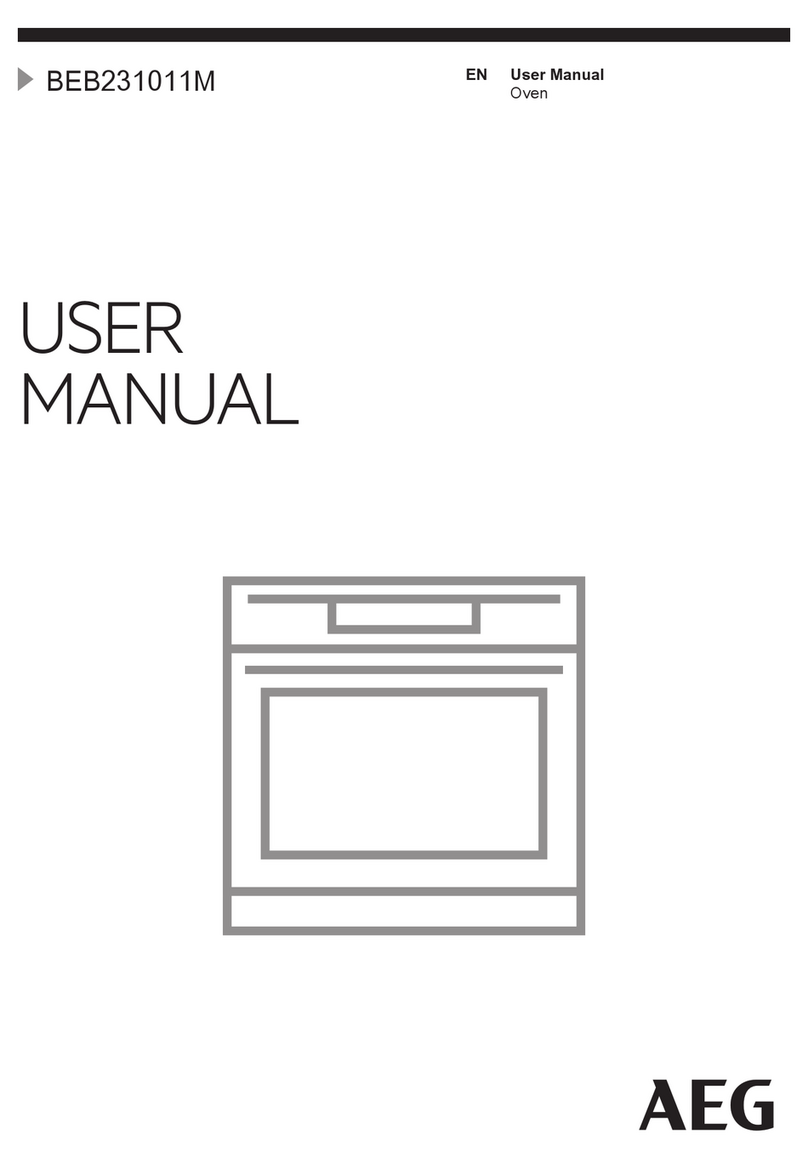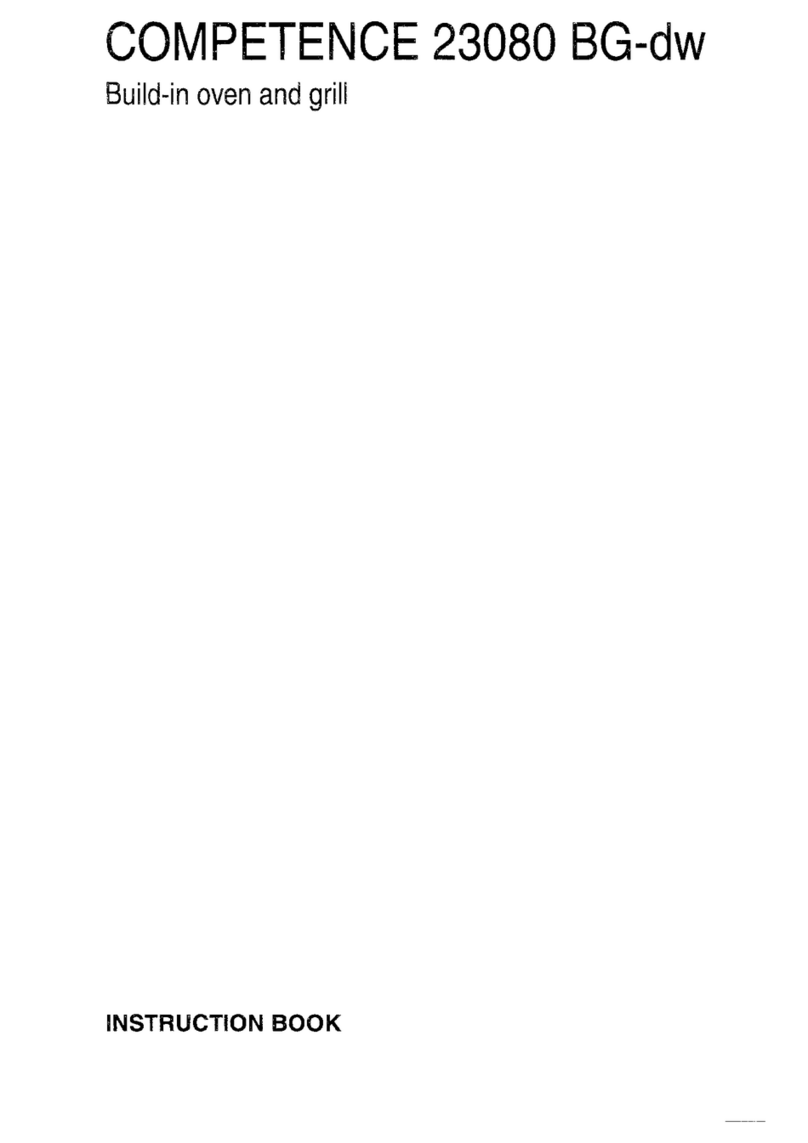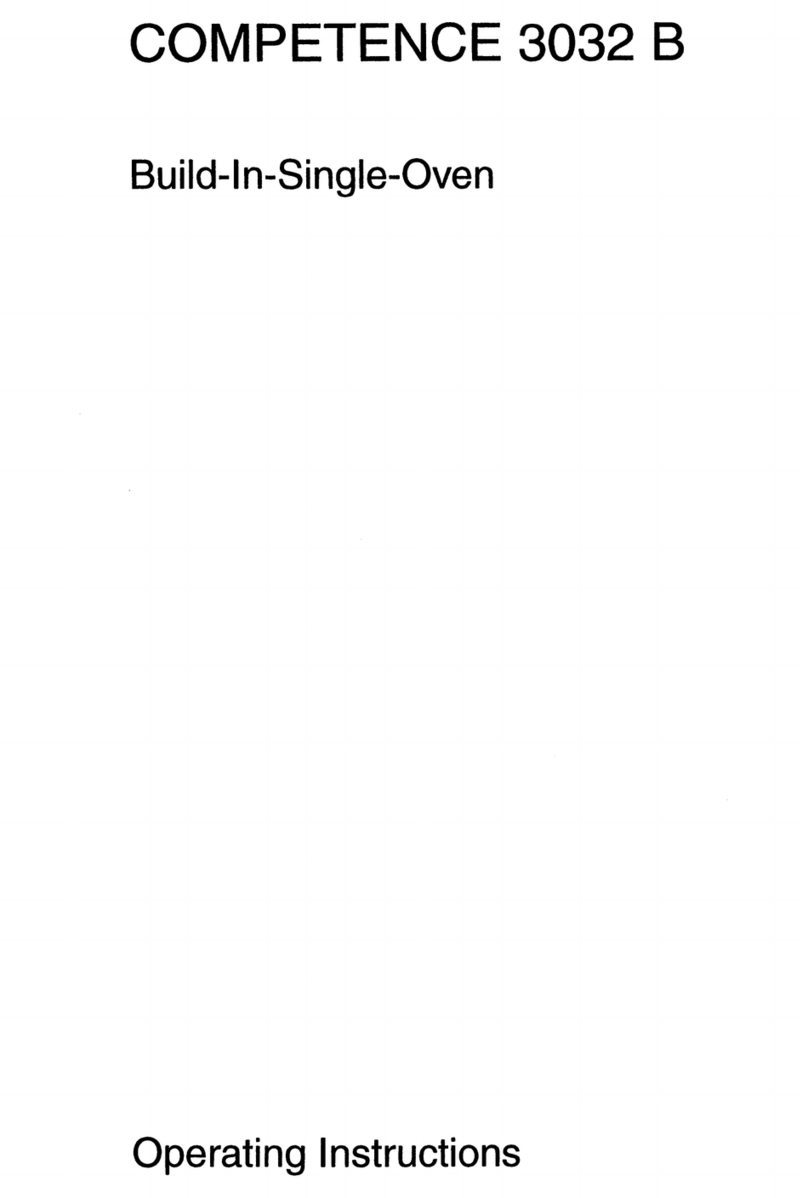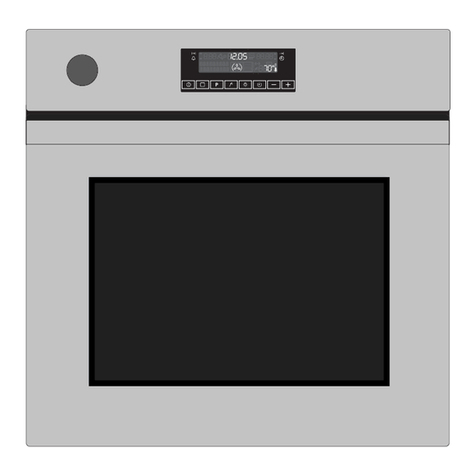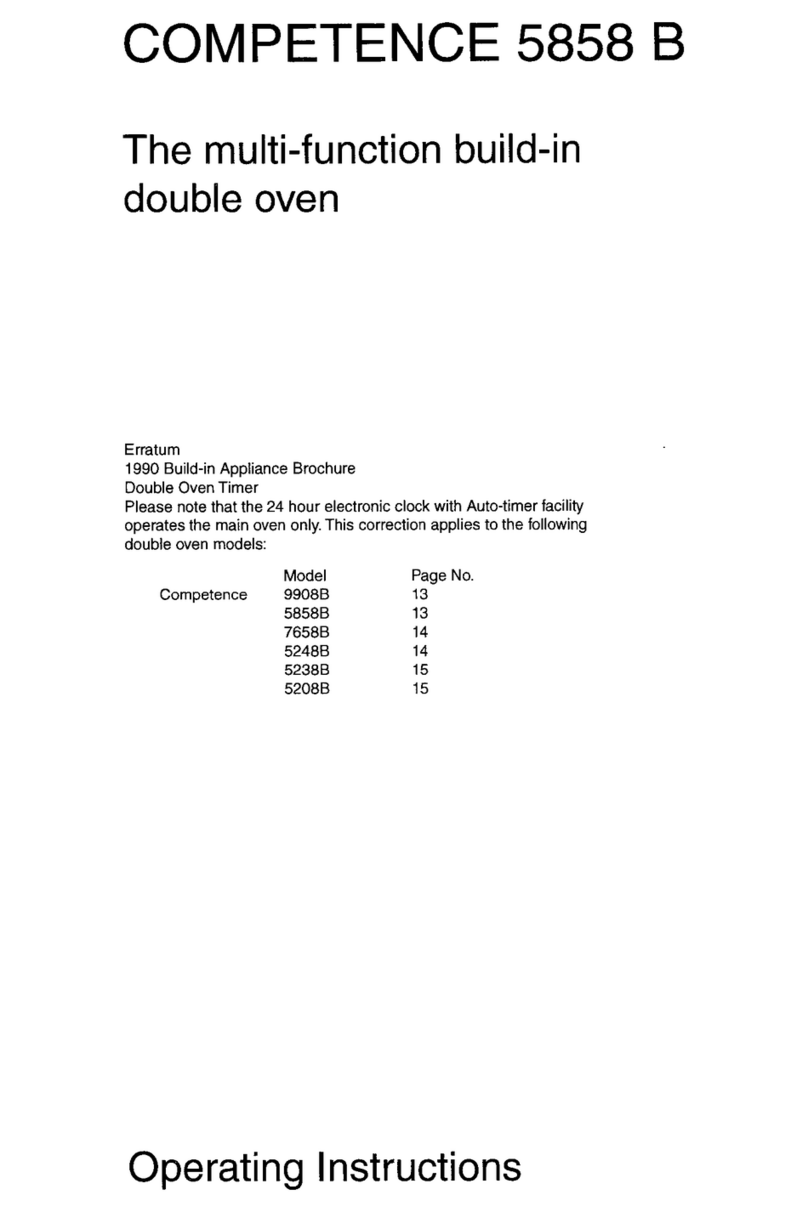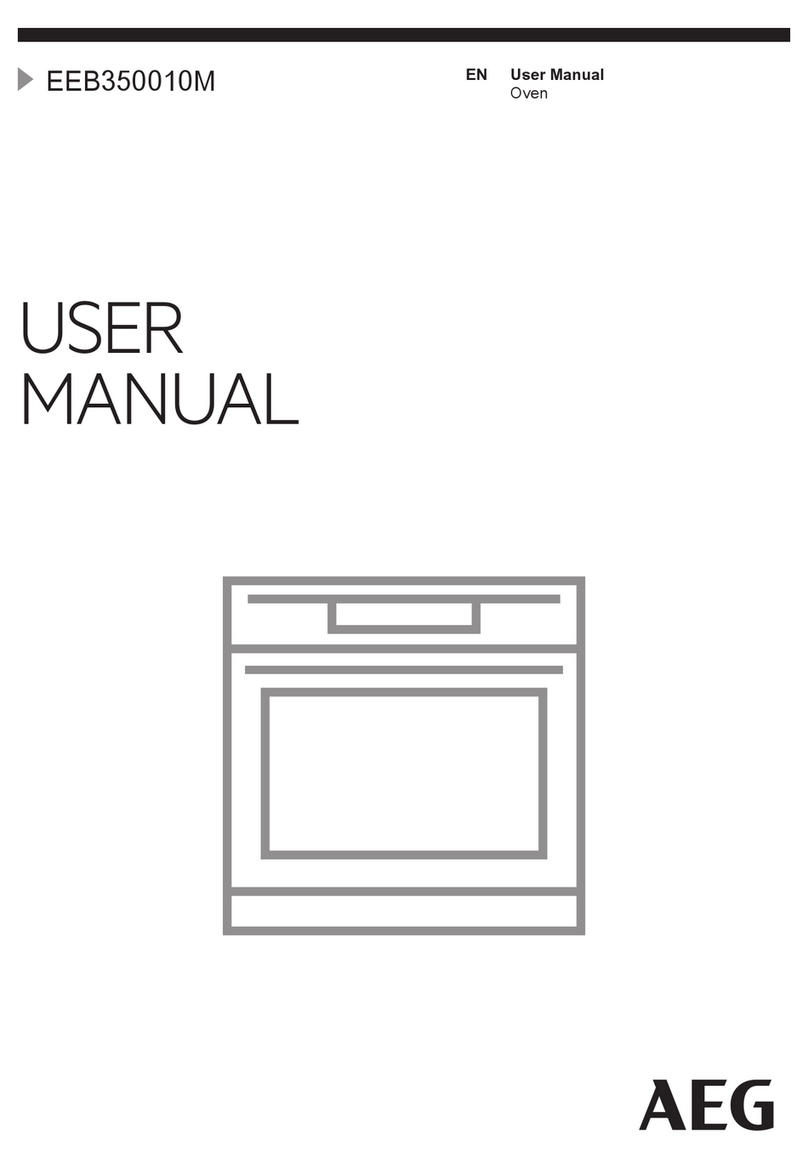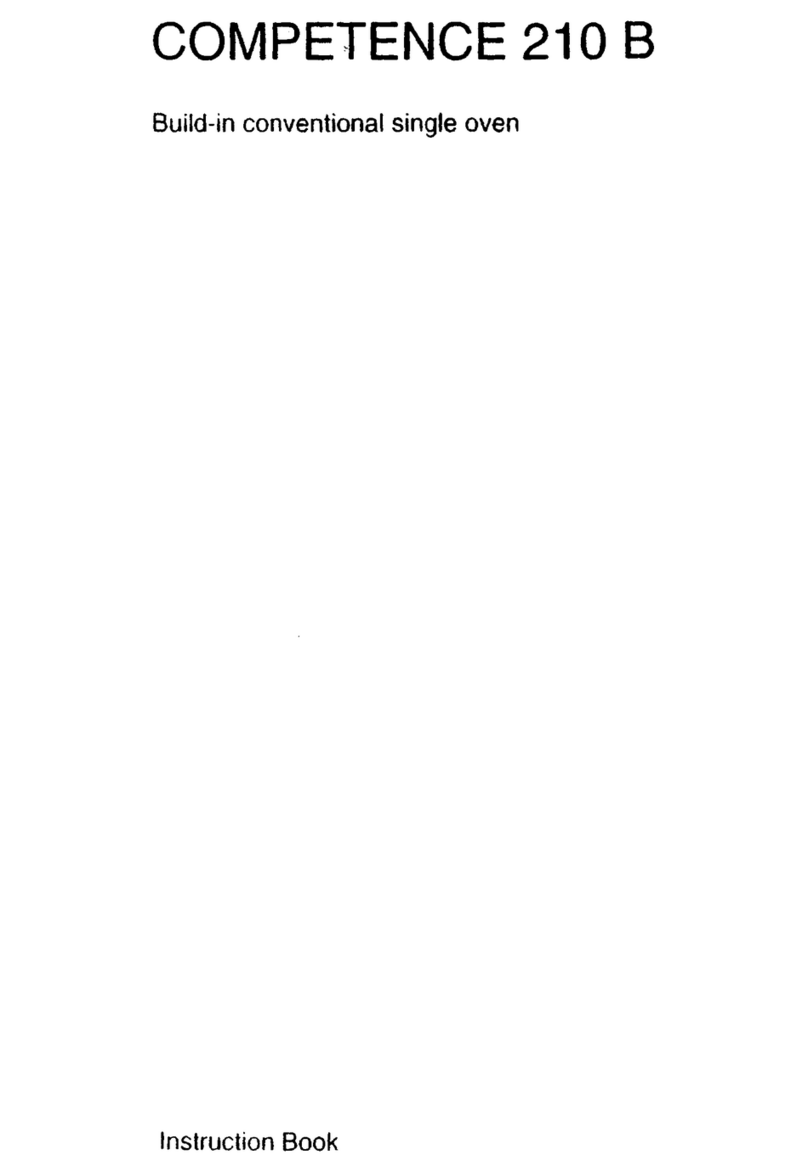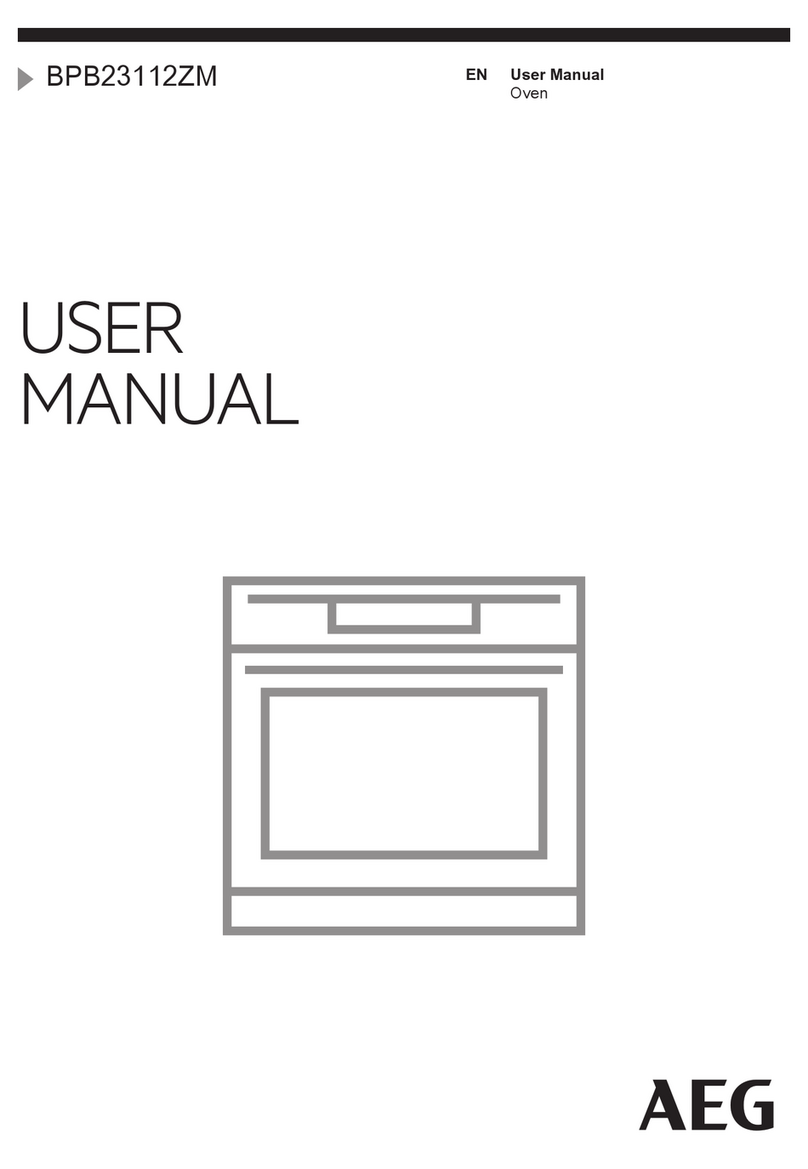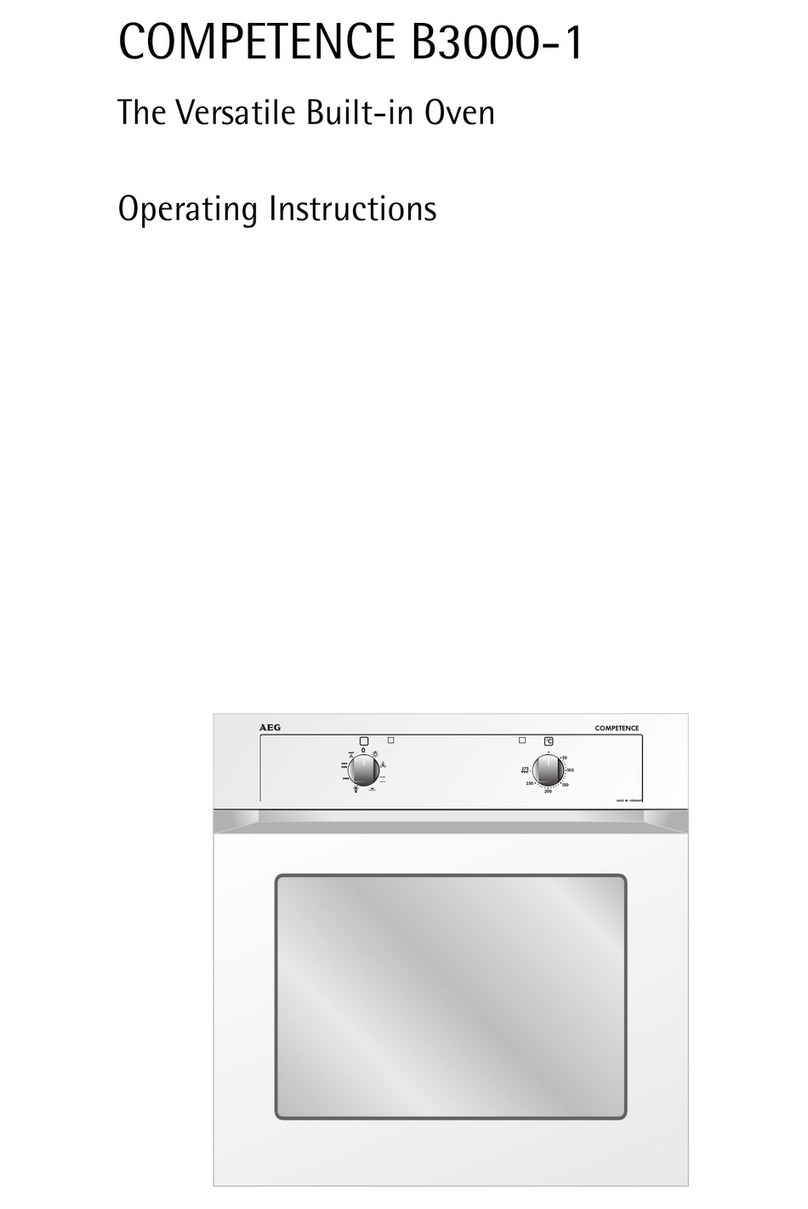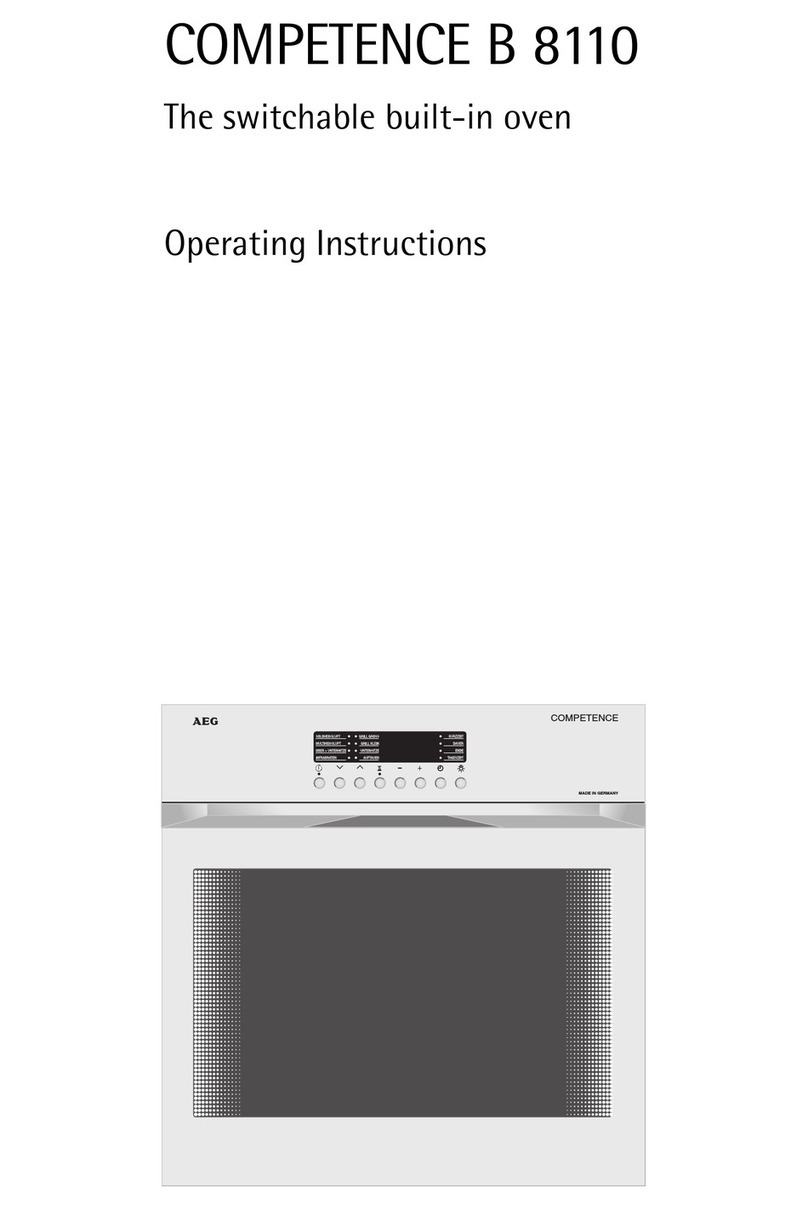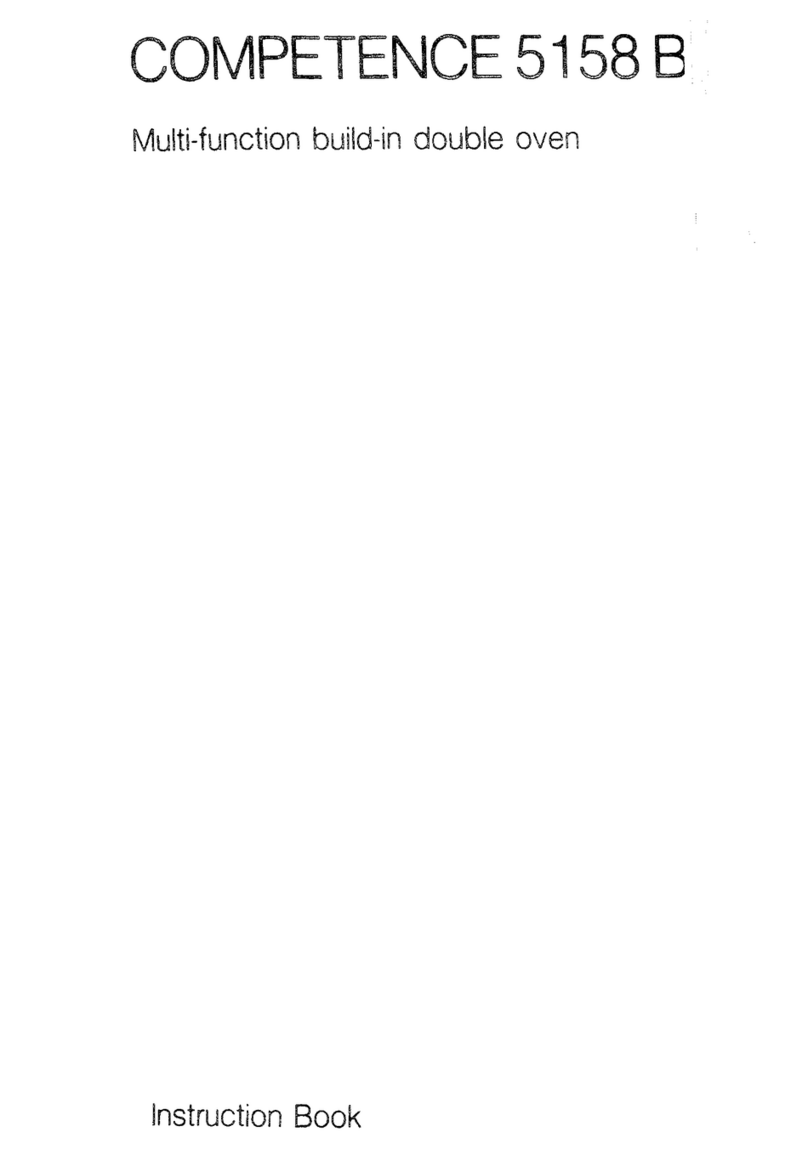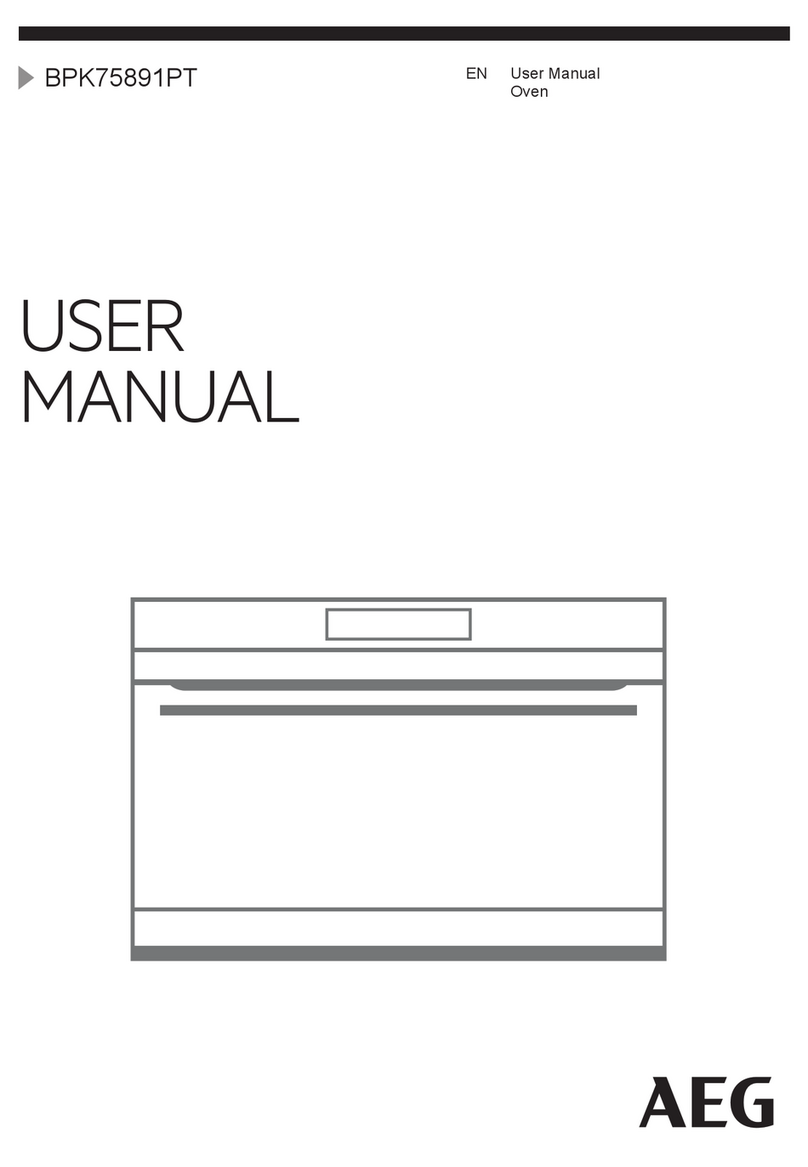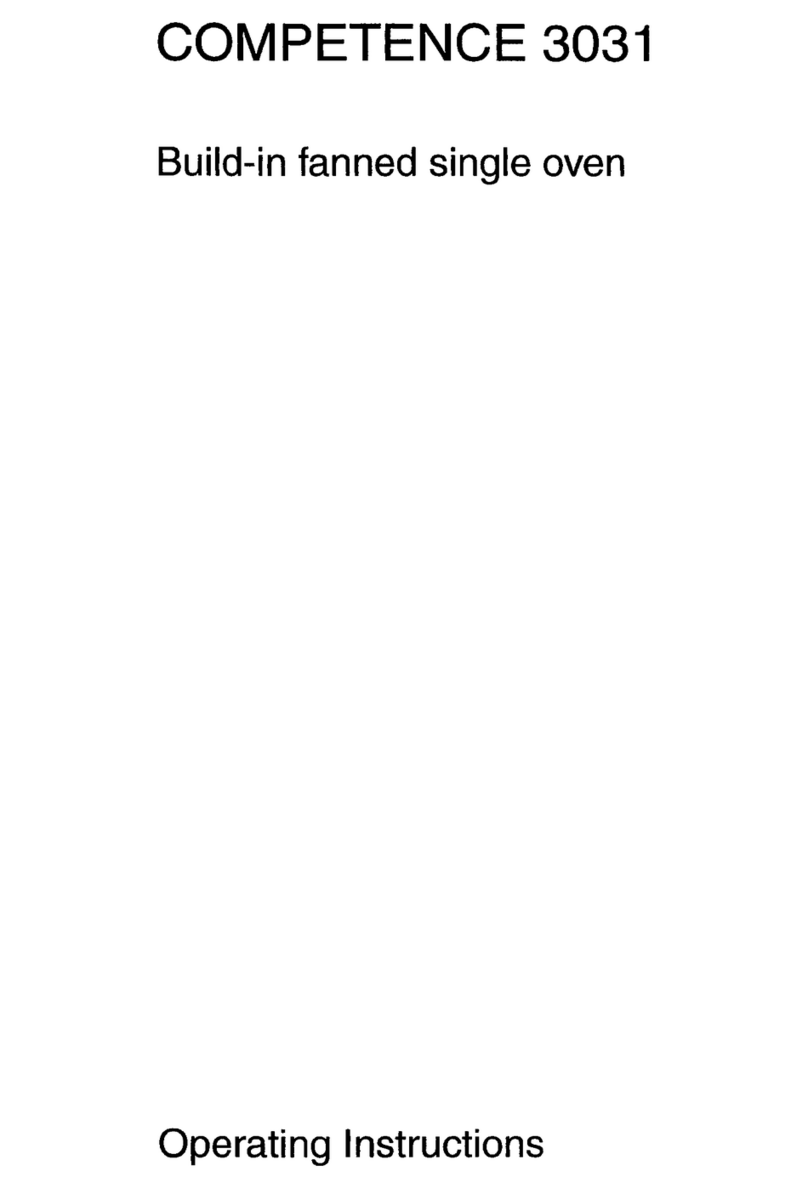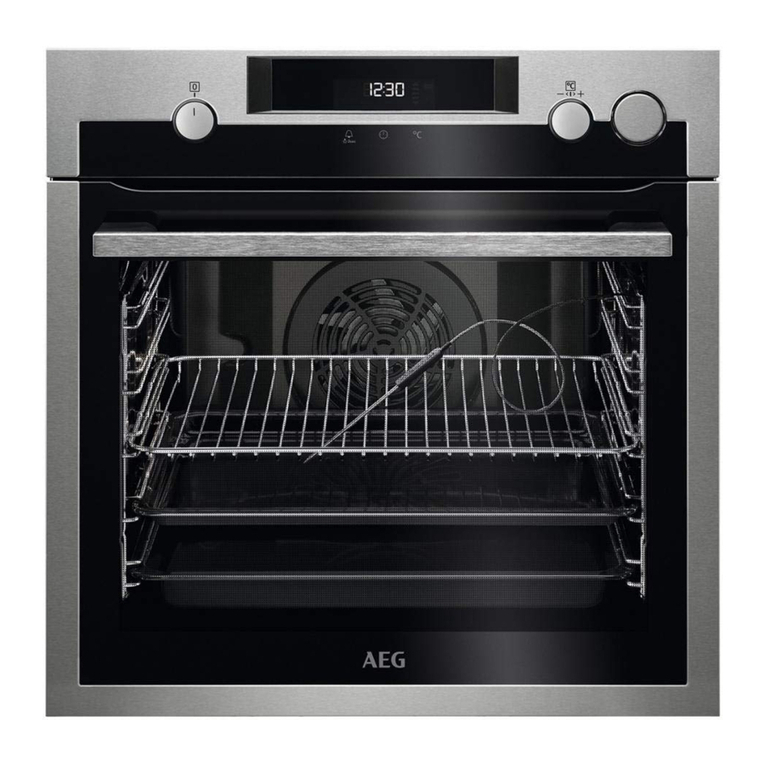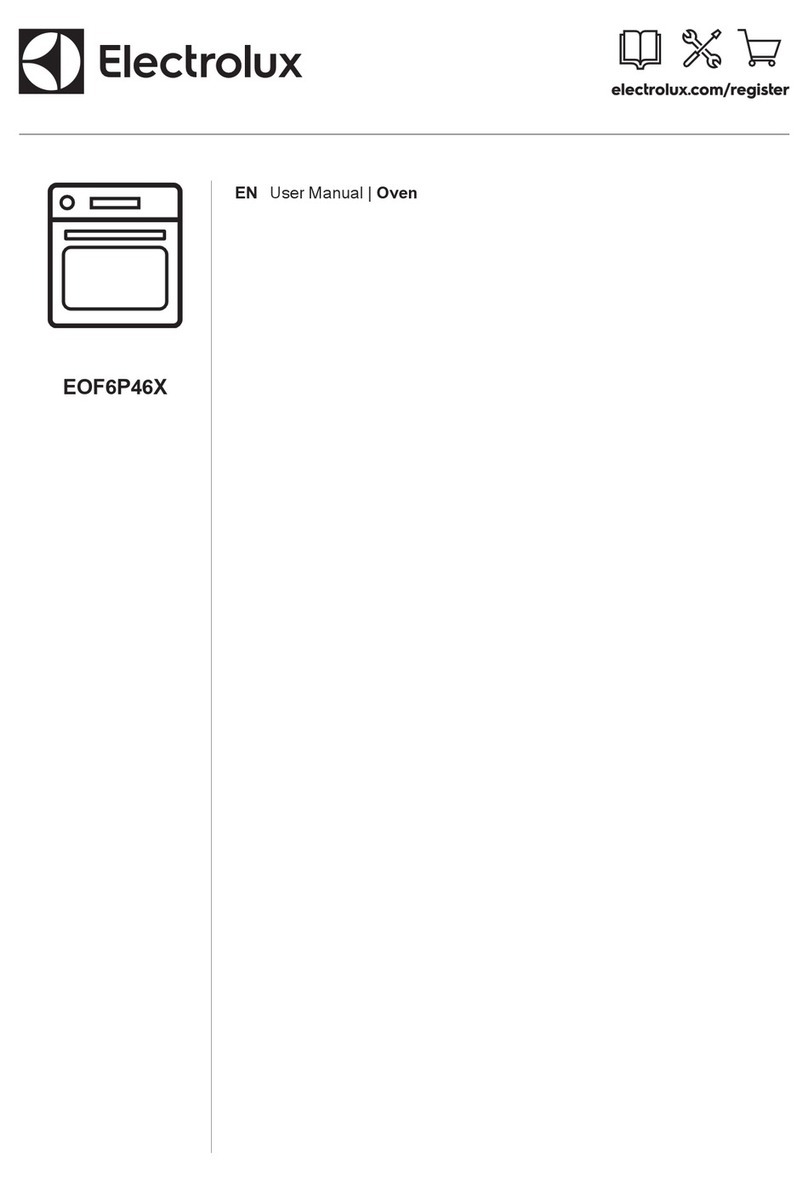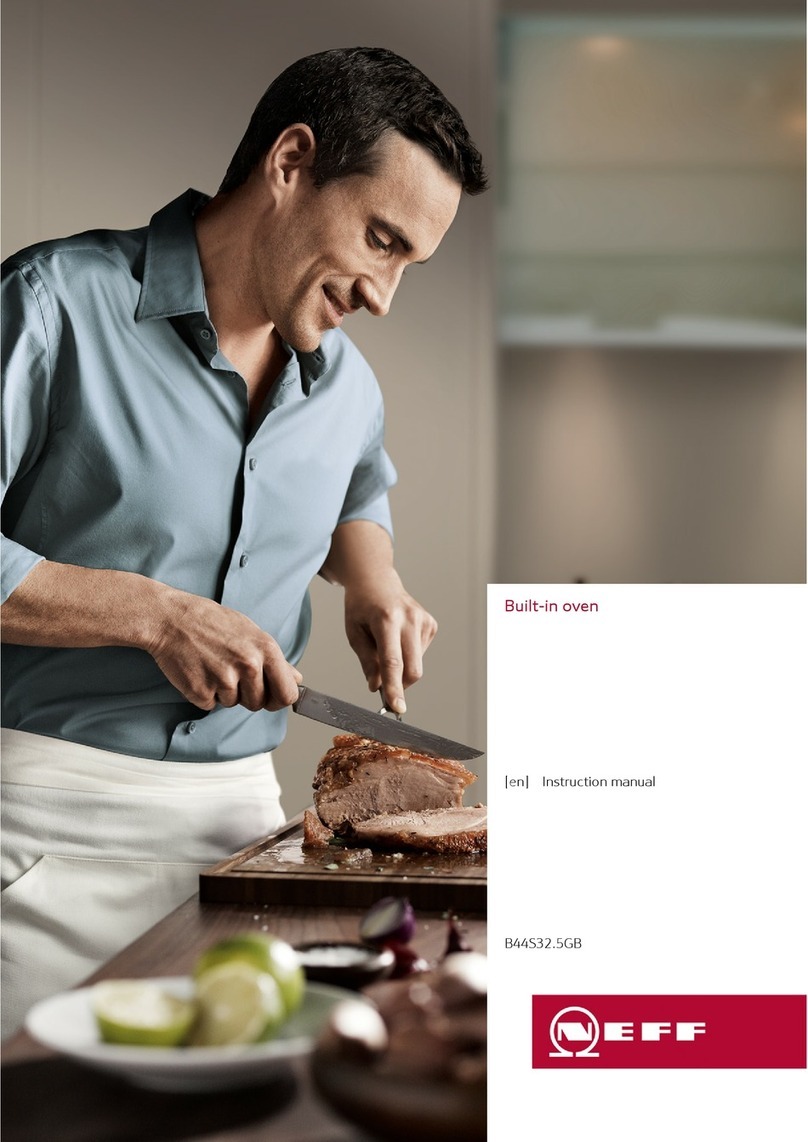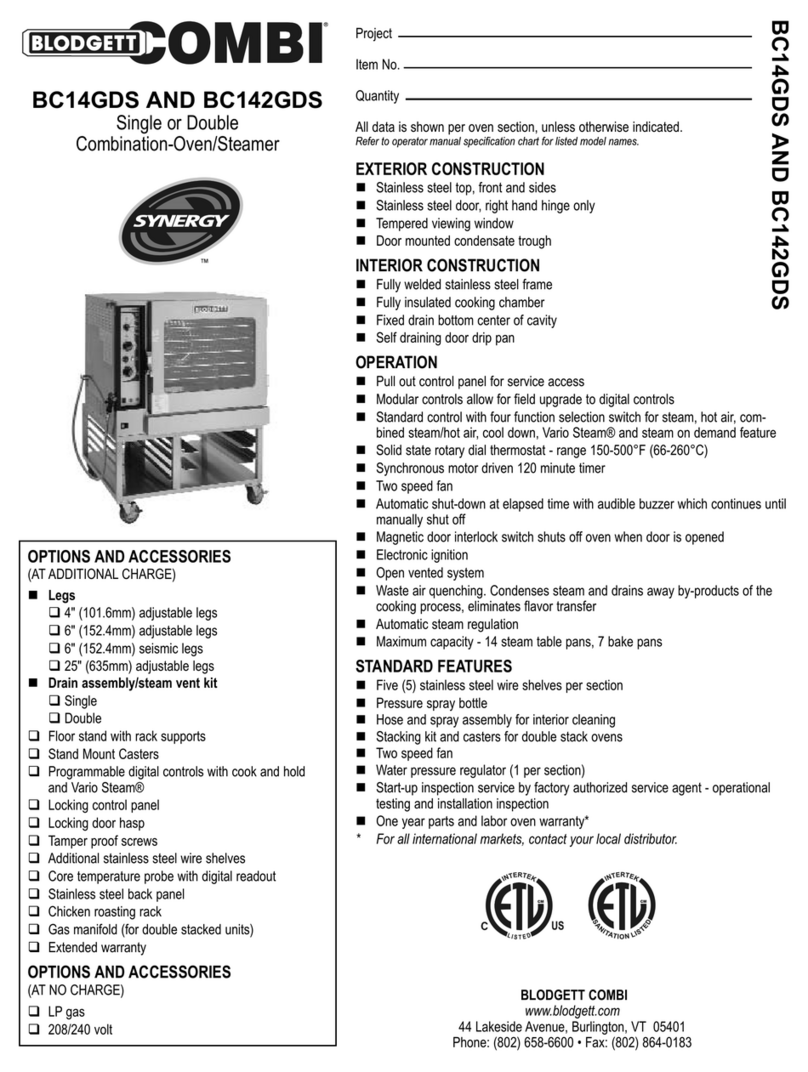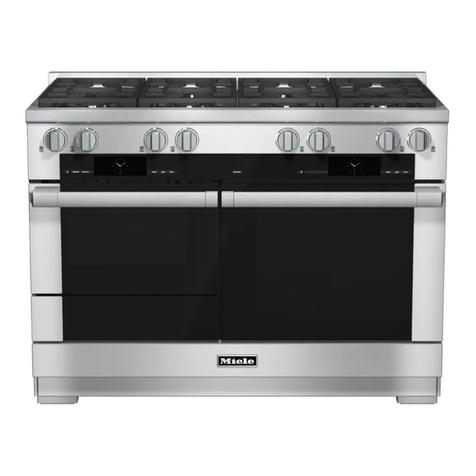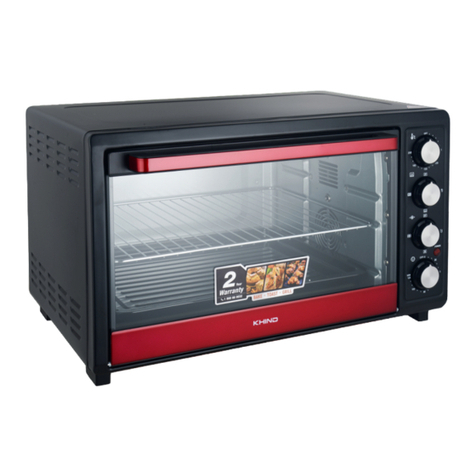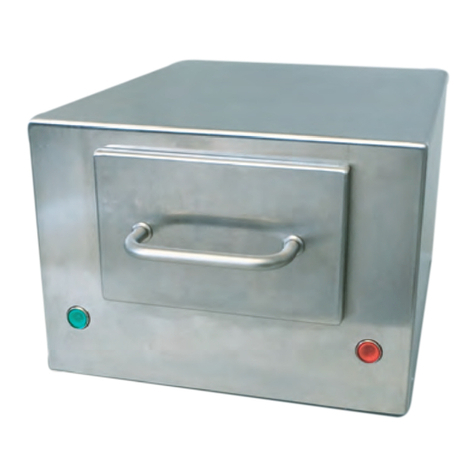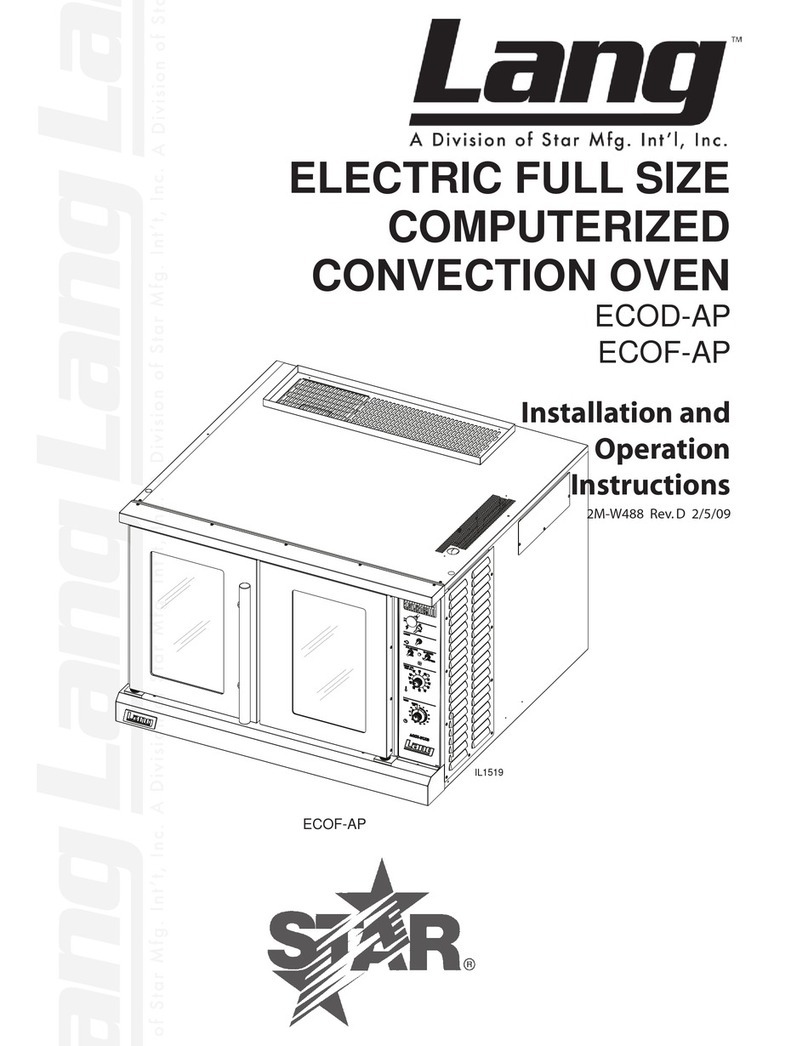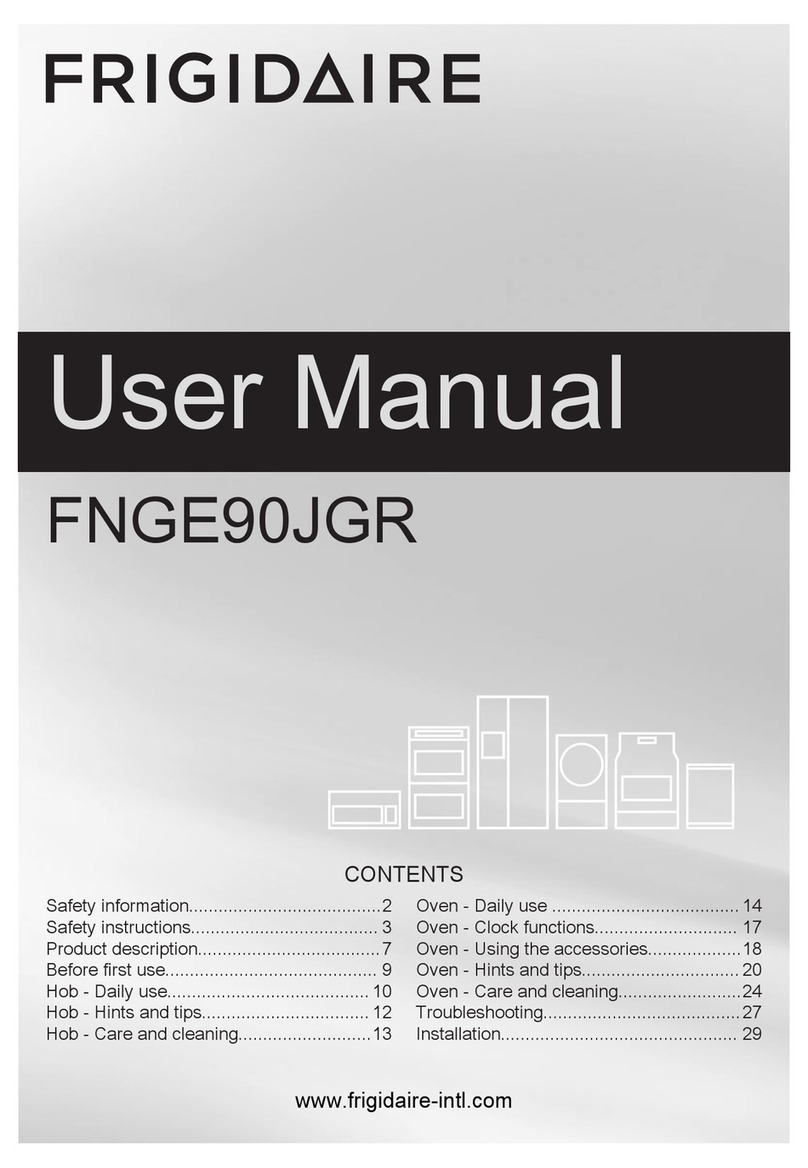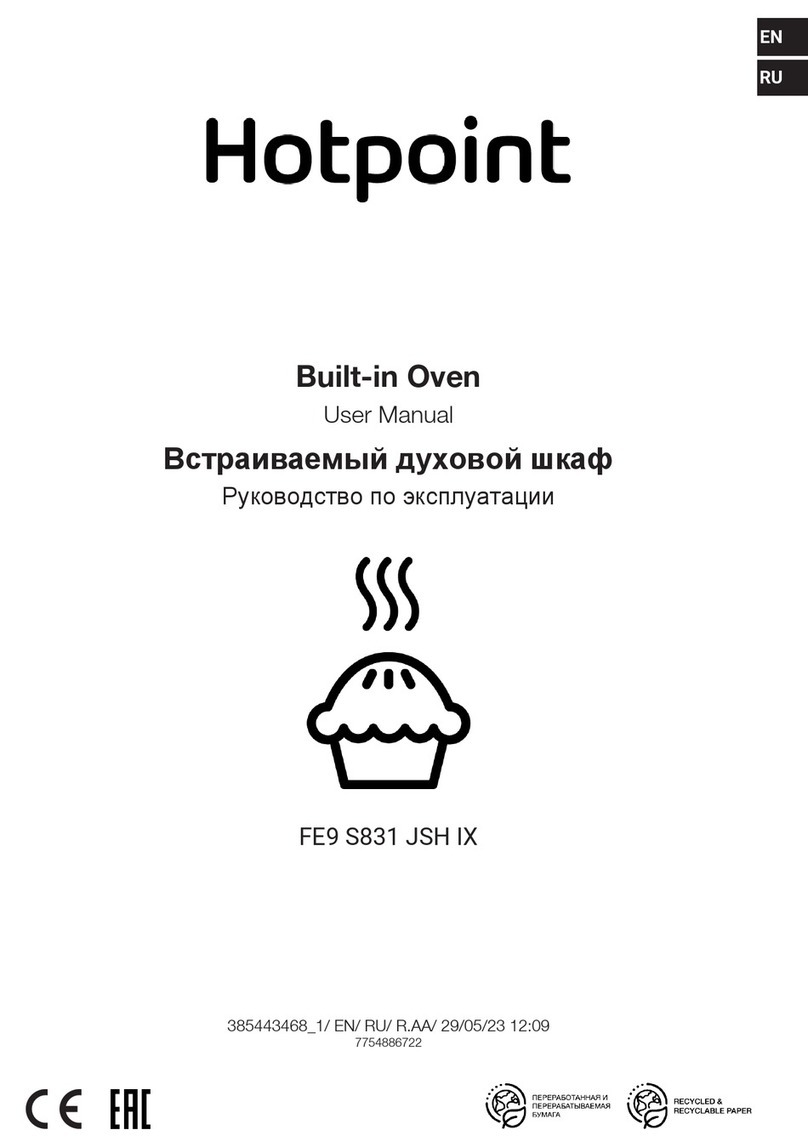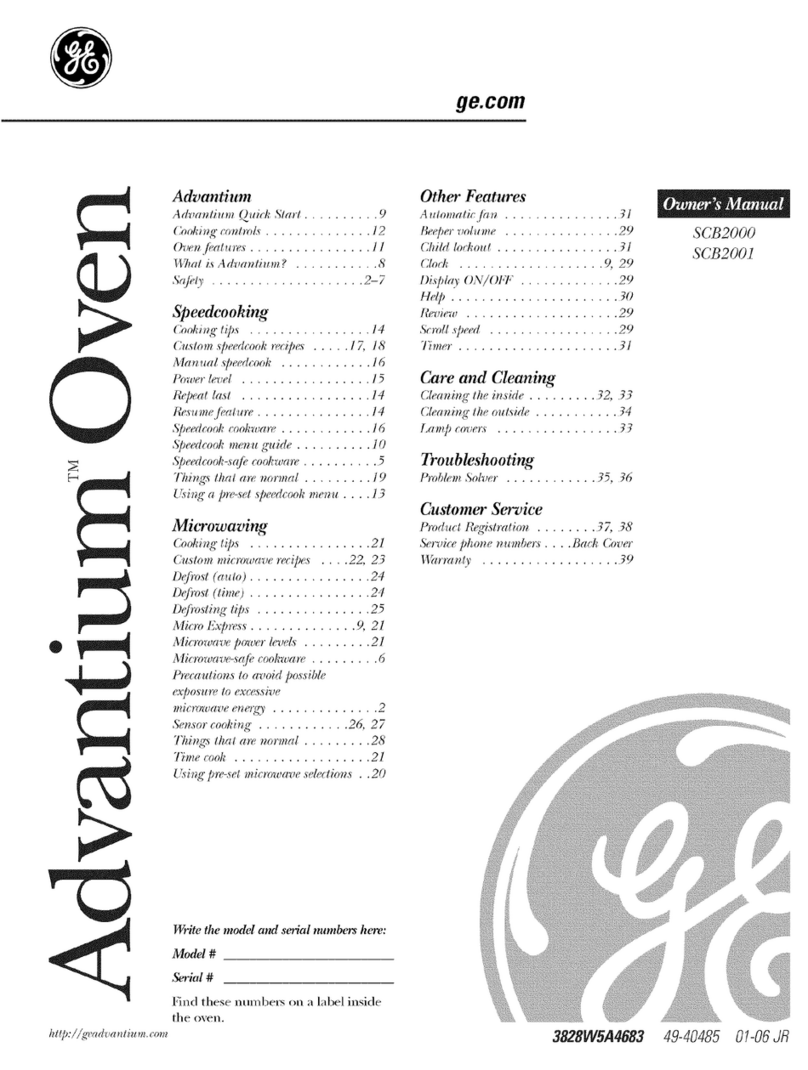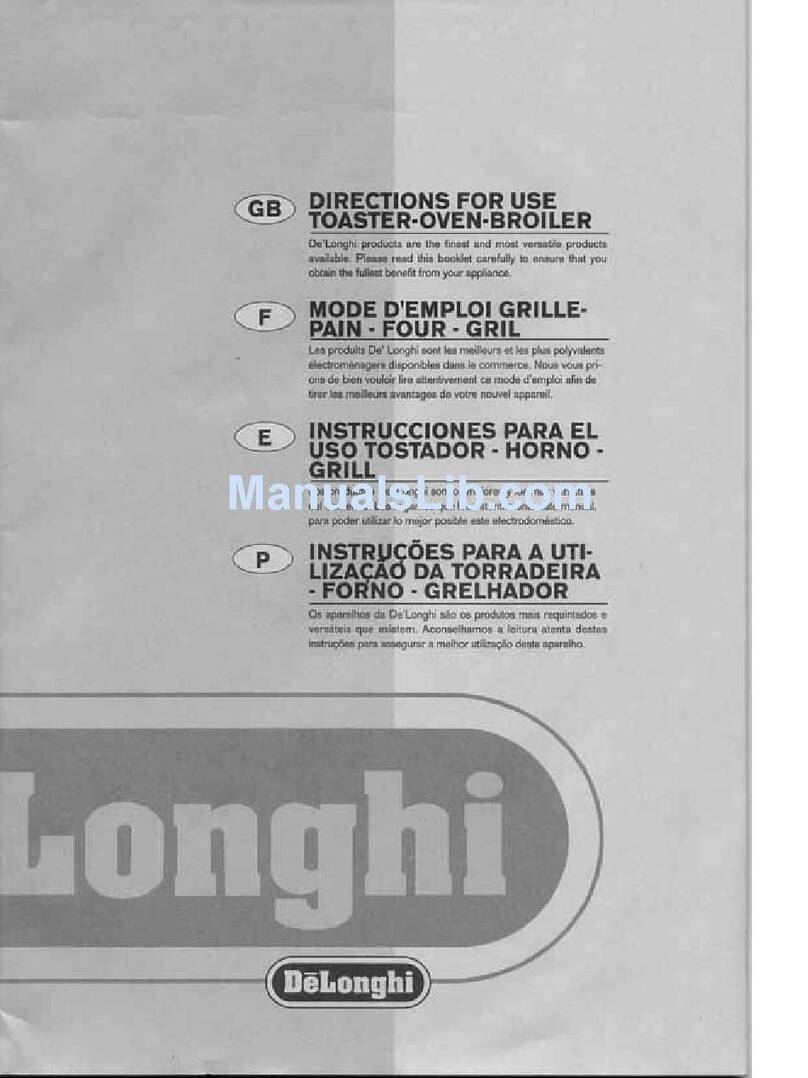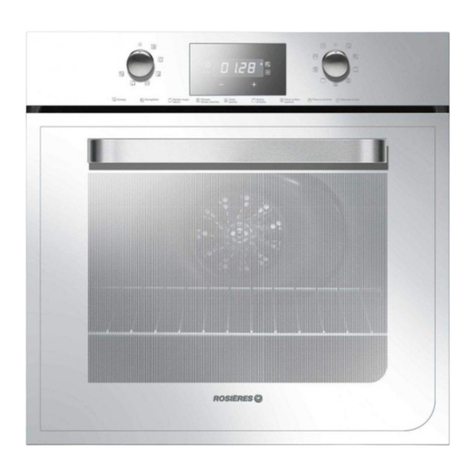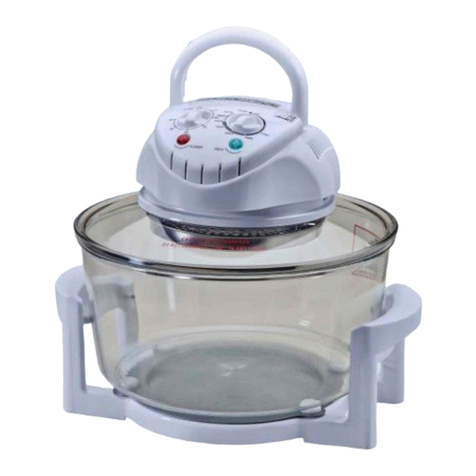• Make sure that the electrical information on the rating plate agrees with the power sup-
ply. If not, contact an electrician.
• Always use a correctly installed shockproof socket.
• Do not use multi-plug adapters and extension cables.
• Make sure not to cause damage to the mains plug and to the mains cable. Contact the
Service or an electrician to change a damaged mains cable.
• Do not let mains cables to come in touch with the appliance door, specially when the
door is hot.
• The shock protection of live and insulated parts must be fastened in such a way that it
cannot be removed without tools.
• Connect the mains plug to the mains socket only at the end of the installation. Make
sure that there is access to the mains plug after the installation.
• If the mains socket is loose, do not connect the mains plug.
• Do not pull the mains cable to disconnect the appliance. Always pull the mains plug.
• Use only correct isolation devices: line protecting cut-outs, fuses (screw type fuses re-
moved from the holder), earth leakage trips and contactors.
• The electrical installation must have an isolation device which lets you disconnect the
appliance from the mains at all poles. The isolation device must have a contact opening
width of minimum 3 mm.
Use
WARNING!
Risk of injury, burns or electric shock or explosion.
• Use this appliance in a household environment.
• Do not change the specification of this appliance.
• Make sure that the ventilation openings are not blocked.
• Do not let the appliance stay unattended during operation.
• Deactivate the appliance after each use.
• Internally the appliance becomes hot when in operation. Do not touch the heating ele-
ments that are in the appliance. Always use oven gloves to remove or put in accessories
or ovenware.
• Be careful, when you open the appliance door while the appliance is in operation. Hot air
can release.
• Do not operate the appliance with wet hands or when it has contact with water.
• Do not apply pressure on the open door.
• Do not use the appliance as a work surface or as a storage surface.
• Always keep the appliance door closed when the appliance is in operation.
• Open the appliance door carefully. The use of ingredients with alcohol can cause a mix-
ture of alcohol and air.
• Do not let sparks or open flames to come in contact with the appliance when you open
the door.
Safety information 5
